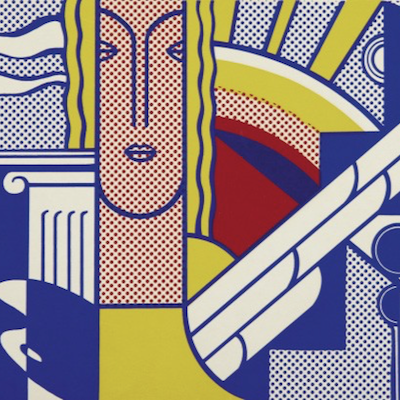
Details
Artist
Styles
Drypoint on copper plate, printed by hand on Zerkall handmade paper 340 g, - Printed by Eva Möseneder Salzburg - Frame and paper size 50 x 40 cm, plate 20.2 x 18 cm // This artwork is a drypoint etching on a copper plate, meticulously printed by hand on Zerkall handmade paper (340 g). Measuring 20.2 x 18 cm within a larger frame and paper size of 50 x 40 cm, the piece features a rich, textured field of deep purple strokes. Rainer's signature approach to overpainting and mark-making is evident in this composition, where layers of fine, chaotic lines create a dense, shadow-like form. The title, Lila Wald (Purple Forest), evokes both nature and abstraction, capturing a sense of depth and mystery within the monochromatic hue. Part of an edition of 40, this work reflects Rainer’s dedication to exploring texture, color, and emotion through meticulous hand-printing techniques.
lila Wald, 2001
form
Medium
Size
50 x 40 cm
- Inches
- Centimeters
Edition
Price
- USD
- EUR
- GBP
Details
Artist
Styles
Drypoint on copper plate, printed by hand on Zerkall handmade paper 340 g, - Printed by Eva Möseneder Salzburg - Frame and paper size 50 x 40 cm, plate 20.2 x 18 cm // This artwork is a drypoint etching on a copper plate, meticulously printed by hand on Zerkall handmade paper (340 g). Measuring 20.2 x 18 cm within a larger frame and paper size of 50 x 40 cm, the piece features a rich, textured field of deep purple strokes. Rainer's signature approach to overpainting and mark-making is evident in this composition, where layers of fine, chaotic lines create a dense, shadow-like form. The title, Lila Wald (Purple Forest), evokes both nature and abstraction, capturing a sense of depth and mystery within the monochromatic hue. Part of an edition of 40, this work reflects Rainer’s dedication to exploring texture, color, and emotion through meticulous hand-printing techniques.
- Recently Added
- Price (low-high )
- Price (high-low )
- Year (low-high )
- Year (high-low )
What is late modernism?
Late Modernism refers to the continuation and evolution of Modernist principles in art, architecture, and literature from the mid-20th century into the late 20th century. This movement maintains a focus on form, abstraction, and the rejection of traditional styles, but it often incorporates more complexity and ambiguity compared to early Modernism. Late Modernism explores themes such as alienation, identity, and the fragmentation of reality, reflecting the social and cultural shifts of the post-war period. It is seen in the works of architects like Louis Kahn and artists like Francis Bacon, who pushed the boundaries of Modernism while responding to the changing world around them.






















